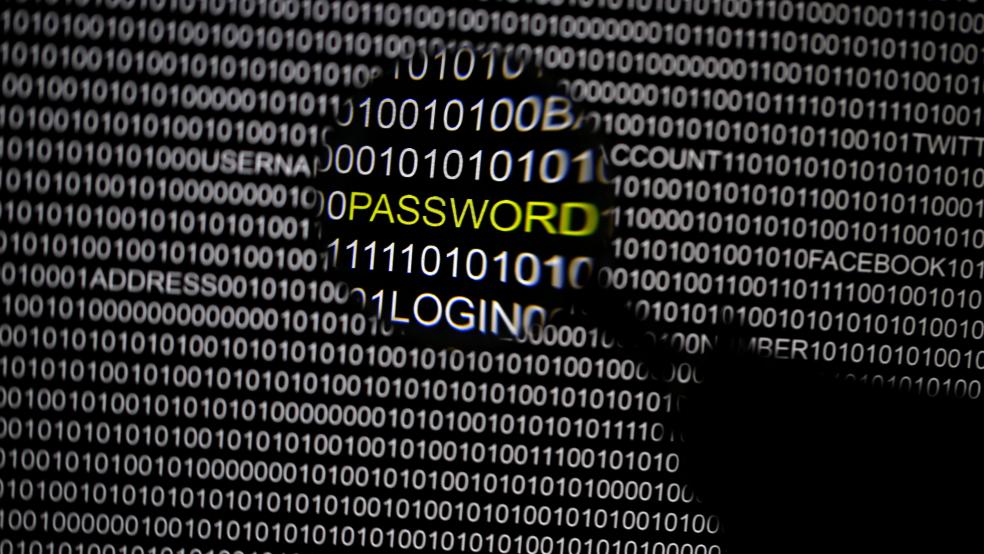The theme of October’s National Cybersecurity Awareness month for half a decade has been “cybersecurity is a shared responsibility” — but should it be? We’re more aware than ever of the risks to logging online, with big-box store hacks, intelligence leaks and bank infiltrations regularly chronicled in the media. Yet the breaches continue.
Most network intrusions can be traced back to an employee who inadvertently or intentionally opened the door to hackers.
- A heating and air conditioning vendor for Target compromised the retailer’s payment systems by clicking on a phishing email, unknowingly exposing the credentials needed to steal card data from as many as 70 million people, KrebsOnSecurity reported.
- To retrieve sensitive information on 75 million households in JPMorgan’s systems, attackers entered a Web-development server using an employee’s username and password, according to Bloomberg.
- And National Security Agency leaker Edward Snowden apparently convinced multiple colleagues to provide passwords for accessing classified information.
Human Nature Is the Weakest Link in Cyber
Human nature is the weakest link in cybersecurity. Maybe the responsibility for cyber should be ceded to machines. Why should computer users be accountable for configuring encryption, remembering passwords, and calling a help desk after clicking on a shady link?
Wouldn’t it be better if cybersecurity were more automated? Many computer science researchers, citizens and even the White House say, Yes!
The U.S. military is even willing to pay a $2 million cash prize to anyone who can build an automated system to thwart cyberattacks as fast as they are launched. The Defense Advanced Research Projects Agency’s Cyber Grand Challenge will hold a machine-to-machine “capture-the-flag-style” tournament in 2016.
Perhaps it’s hardware and software that need to become more aware, some programmers say.
Technology indeed is heading in this direction. There are efforts to enable encryption by default at Apple and Google, and to outsource identity verification for online accounts.
Cyber Awareness Month, sponsored by the Department of Homeland Security, with state and nonprofit support, emphasizes one key responsibility each week. This week’s duty is “Secure Development of IT Products,” which is exactly what citizens want.
But in this case, the burden for ensuring secure development is on the hapless computer user. Tips include: “Install and maintain vendor-distributed patches or updates, ensure they are using the latest operating systems on their computers and mobile devices, and be aware of vulnerabilities that may exist.” All sound advice, but hard to follow.
Cyber Awareness Outdated?
Even one of the public faces of this month’s campaign, White House Cybersecurity Coordinator Michael Daniel, said he can envision a future where humans have largely been voted off the island in favor of robots, so to speak.
“You’re going to have to automate a lot more of the processes, and you’re going to have to build it in so the security happens as much as possible in the background,” he told Nextgov in an interview. “And that’s a true statement. Now, you’ll never take people out of the loop entirely … But I think that to the largest extent that we can make the cybersecurity just there and transparent to the users, that’s the direction that we have to go.”
In November 2010, at a Federal Communications Commission workshop, James Lewis, a Center for Strategic and International Studies analyst who advises Congress and the executive branch on cyber, said educating end users will not protect the Internet.
“I’ve kind of given up on the end points,” he said then. “We had National Cybersecurity Awareness Month last month. A complete waste of time. We’re never going to get the end, the edge, to be safe. It’s never going to happen.” Instead, Lewis said, federal agencies should coordinate with Internet service providers to ensure consumers are supplied almost automatically with the best intrusion defenses.
Can Tech Keep up with Evolving Threats?
Notice how he said “almost automatically.” The problem with eliminating human intervention is that malware and hacking techniques mutate so rapidly, technical defenses cannot keep up.
“Because threats are changing so quickly, not in the foreseeable future are we going to be able to just turn things over to the machine,” said George Washington University law lecturer Richard Gray, who also serves as the Defense Department’s associate general counsel. “You’ve got to have the C-level suite people, who are in charge of making the business decisions, allocate how much money we are willing to spend to have a certain level of security. And then you’ve got to ask that same question the next day when some new hacking tool comes out.”
He was speaking to Nextgov as an academic, not on behalf of the Pentagon.
Part of the challenge is that software programs actually often permit risky activities that could be nefarious or legitimate, depending on the intent of the user. One example is a person logging on to a U.S. corporate network from Russia. The software might have trouble mind-reading to discern the user’s intent.
To deal with the unpredictability of humans, Mitre, a research and development contractor, holds internal cyber situational awareness sessions throughout the month. “We’re constantly talking about what threats are we facing? How do we need to change what we are doing? We are constantly evolving our strategy,” Mitre Chief Information Security Official Bill Hill said during a recent webcast interview with Nextgov.
And so, Cyber Awareness Month doesn’t seem all that outdated yet, unlike your computer’s anti-virus protections.
This article originally appeared in Next-Gov.
Read more at Next-Gov:
Will Afghanistan Become Forgotten War Again?
U.S. Strategic Leaders Need to Think Bigger, Much Bigger
5 Reasons to Pay Attention to Boko Haram's Latest Video




